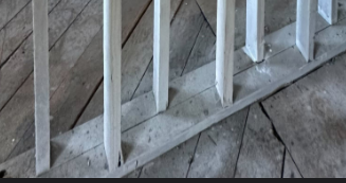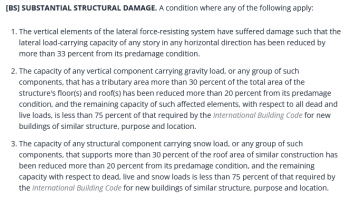steveray
SAWHORSE
Show me yours ill show you mine...Let's "repair" the plumbing with lead solder too!
They're building a new wall, it needs to meet the current building code, it's not even gray.
P2906.2.1
Pipe, pipe fittings, joints, valves, faucets and fixture fittings utilized to supply water for drinking or cooking purposes shall comply with NSF 372 and shall have a weighted average lead content of 0.25-percent lead or less.This does not look like a new plate, so I ASSUME not a new wall..And it looks very gray to me...maybe white.....:





